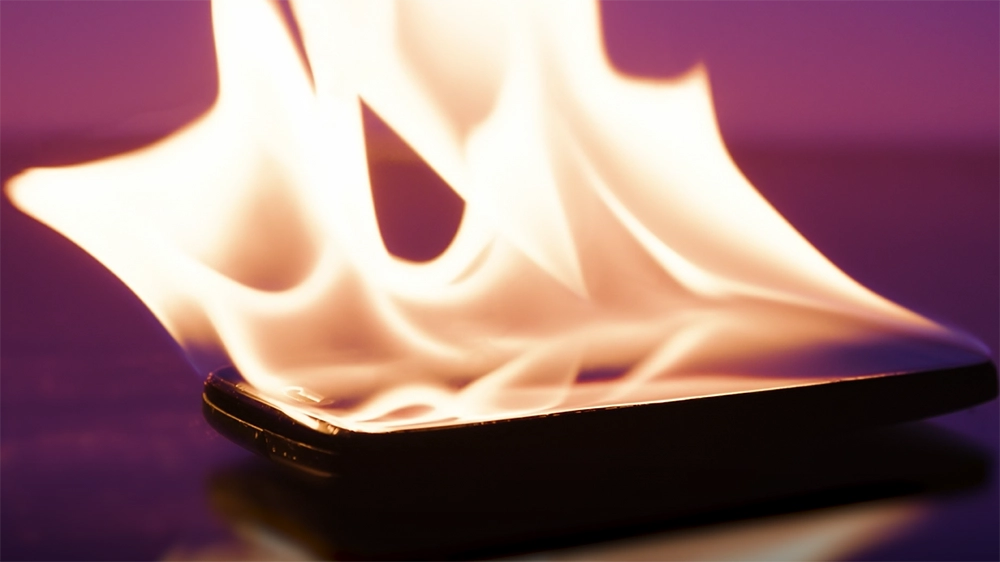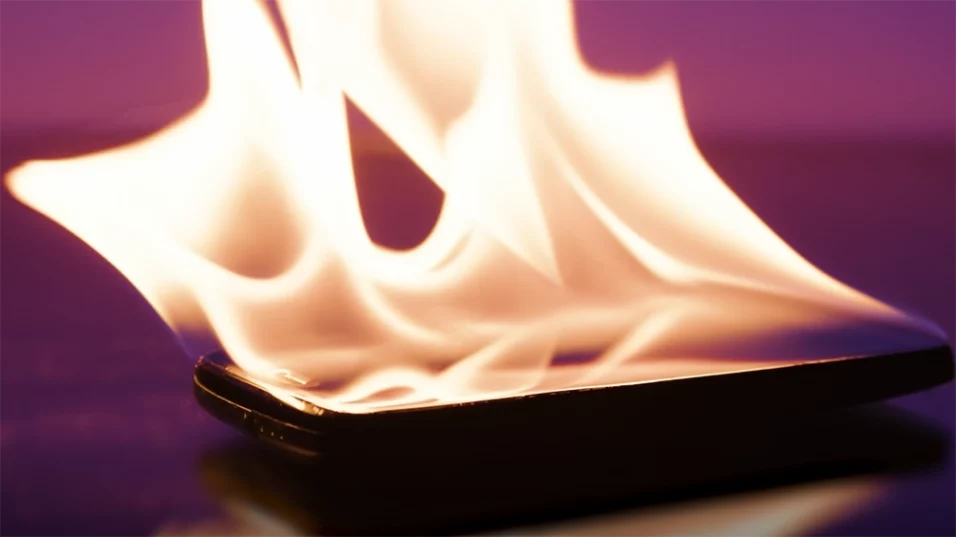



How to tackle lithium-ion battery fires
By Chubb | 28th April 2023




By Chubb | 28th April 2023
Laptops, cameras, smartphones, electric bikes, mobility scooters and e-cigarettes are all powered by lightweight, rechargeable lithium-ion batteries. The batteries made up of hundreds of tiny cells, consist of two electrodes divided by a separator that allows charged particles – lithium ions – to flow through a solvent from one electrode to the other. When used and stored correctly, the batteries are safe. However, they are susceptible to temperature changes, physical damage, overcharging or manufacturing defects and can catch fire – developing into ‘thermal runaway’ fires and exploding. A thermal runaway starts in a single cell of the battery before a domino effect causes the blaze to spread throughout the other cells as the battery temperature can soar to more than 500 degrees centigrade. Due to a large amount of heat the blaze generates, it’s difficult to extinguish the flames and, in some circumstances, the battery can explode. Fires can start in seconds and have a devastating effect. The larger the battery size, the greater the probability of a more serious fire. This video on YouTube shows an electric scooter charging in a family living room in Illingworth, West Yorkshire, before bursting into flames. Freedom of Information data reveals a huge spike in lithium battery fires, which have more than doubled in two years.* Insurance company Zurich has seen a number of five-figure claims, including £84,000 for an e-scooter blaze and £65,000 for a cordless vacuum fire. Batteries thrown into household rubbish bins – which include ‘hidden batteries’ from greetings cards – also cause about 700 fires every year in dustcarts and waste-processing centres, according to local authorities. The Environmental Services Association said these fires could cost fire services and waste operators around £158m a year.
How to avoid a fire
To avoid a thermal runaway fire, people should avoid leaving things charging overnight, avoid storing them at very high or low temperatures, don’t use products or chargers if the battery appears damaged, always use a properly branded product and accompanying charger, and don’t cover chargers. If a battery overheats, hisses or bulges, stop using it, move it away from any flammable materials, and place it on a non-combustible surface – or, if possible, outdoors. Even if the battery fire appears to have been extinguished after going into thermal runaway, it can still reignite up to 10 hours after the blaze started. Business owners should place a smoke detector near the battery charging point and keep the number of batteries in stock to a minimum. Only charge batteries if you or a staff member can see them or if they are being charged in a fireproof cabinet with an internal power supply.
How Chubb can help
Rapid cooling is the most effective control method for lithium-ion battery fires to reduce the energy being produced and prevent it from spreading to the other cells. If you have a water-based extinguisher as part of your general extinguisher coverage (e.g. hydrospray, foam or water), that will deliver the desired rapid cooling. With 205 years of experience, Chubb’s fire experts continue to work with the industry to develop insights into cutting-edge technologies and deliver advice as necessary. If you are concerned about battery fires happening in your business, then please get in touch with our experts by visiting Chubb’s website.
Source* – https://www.zurich.co.uk/media-centre/e-scooter-fires-caused-by-lithium-batteries